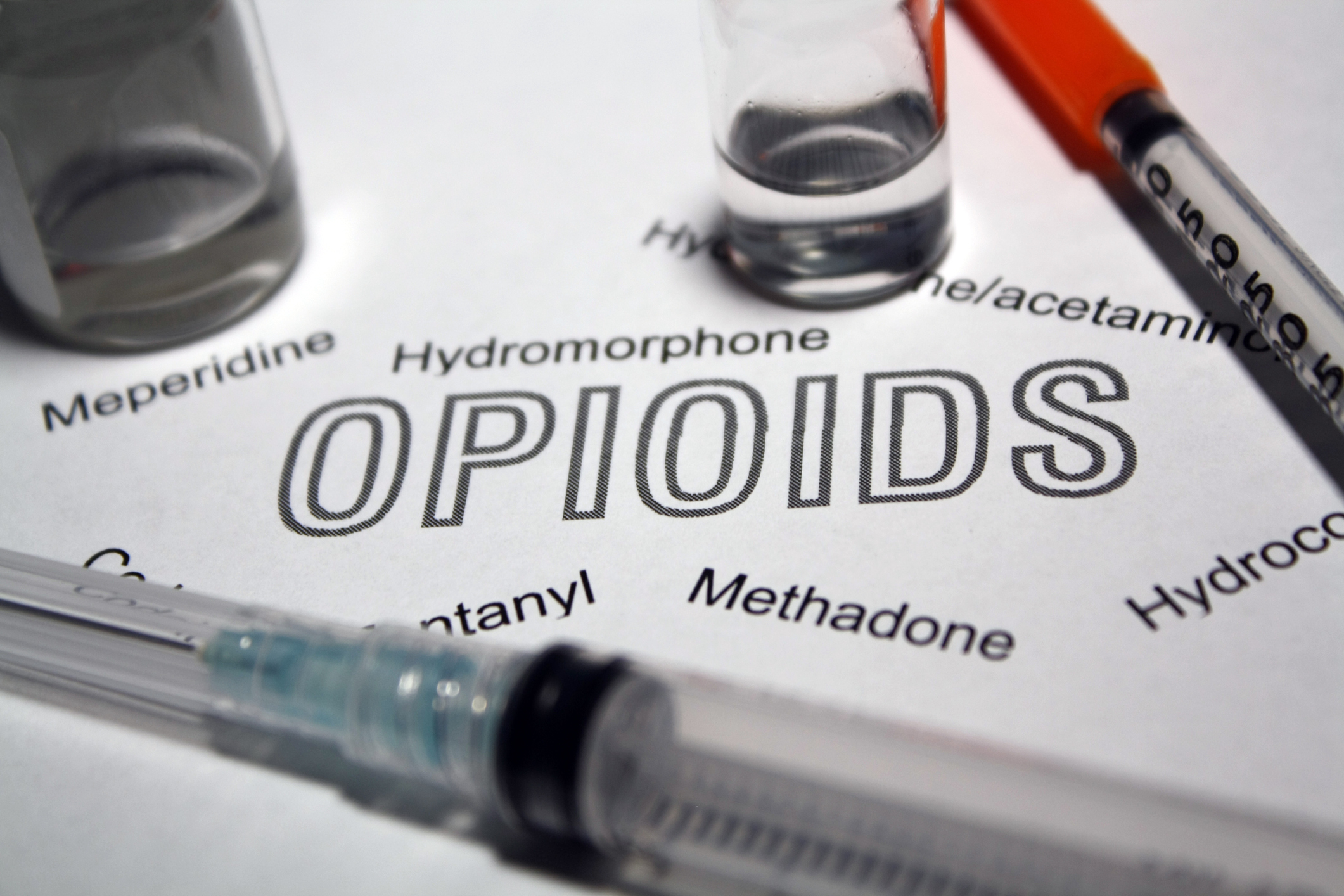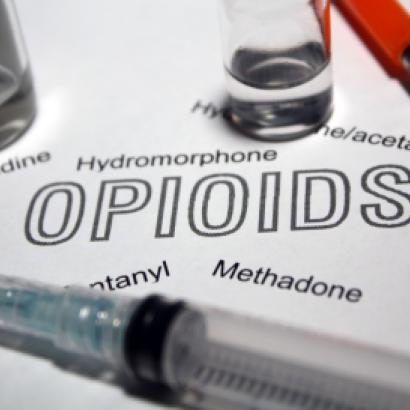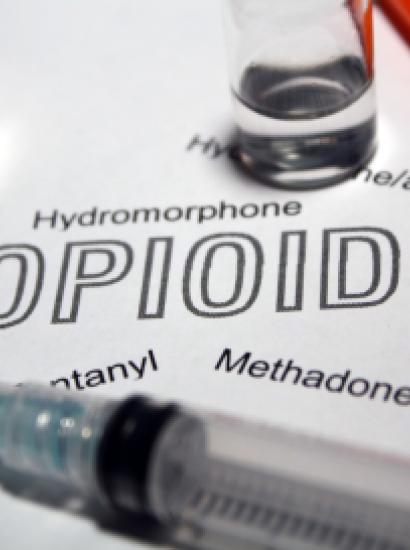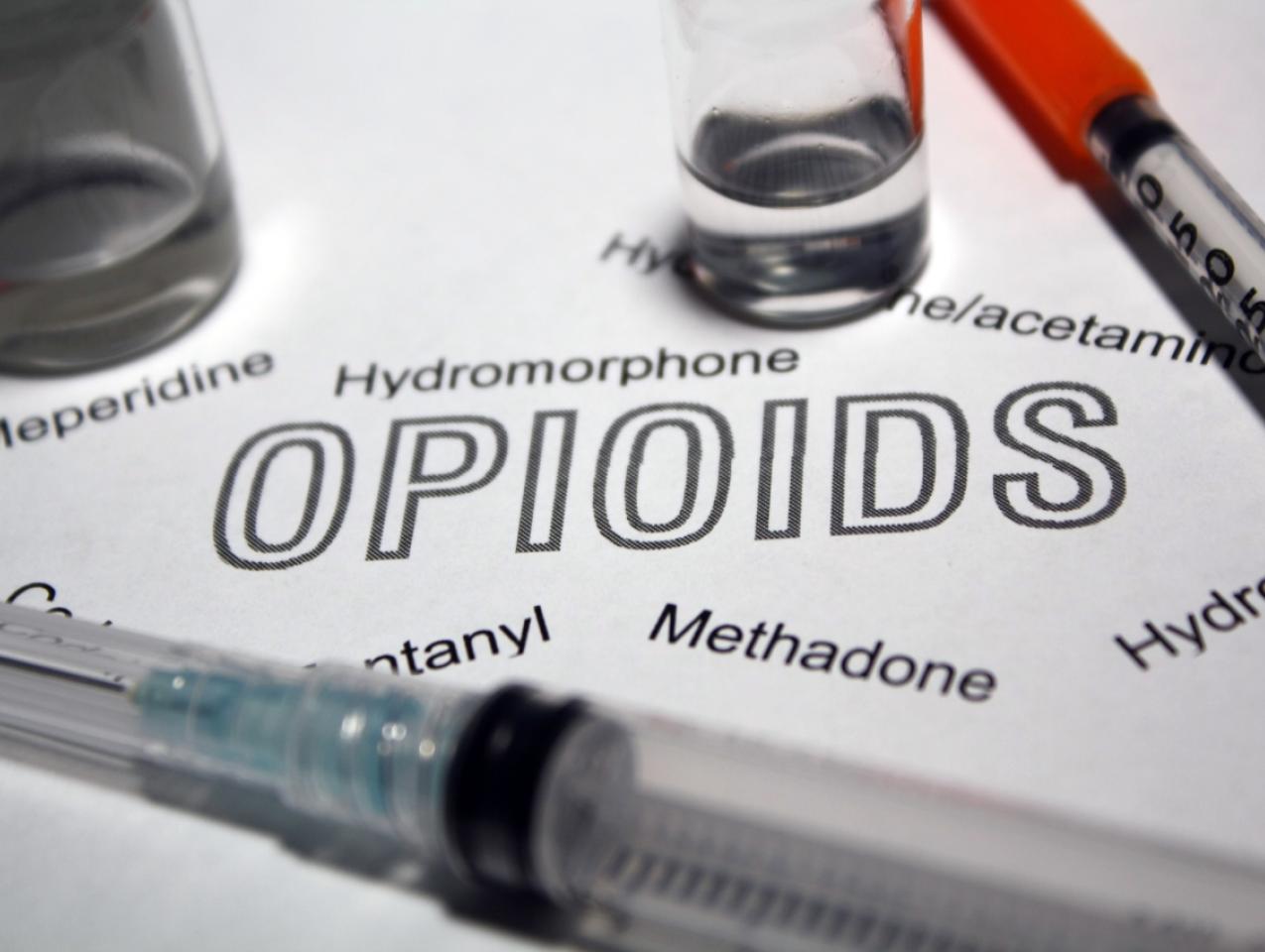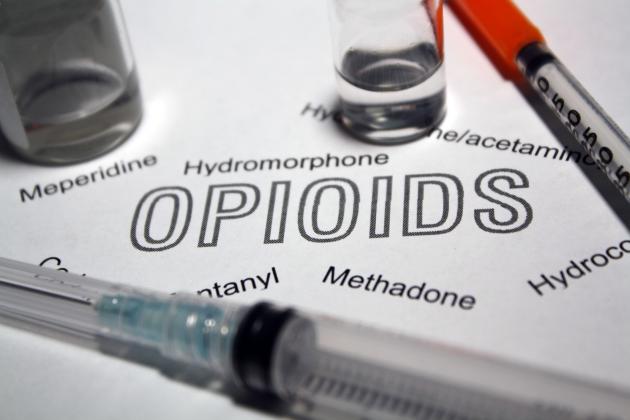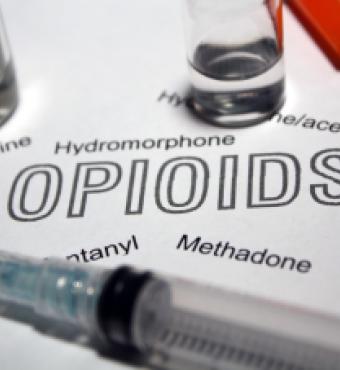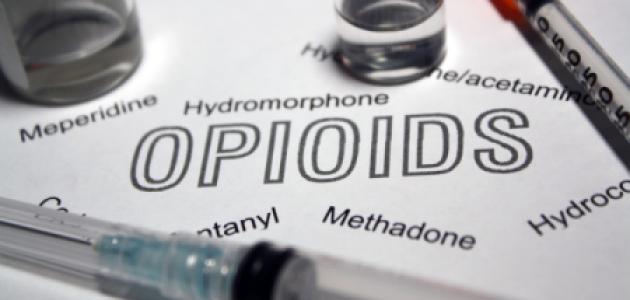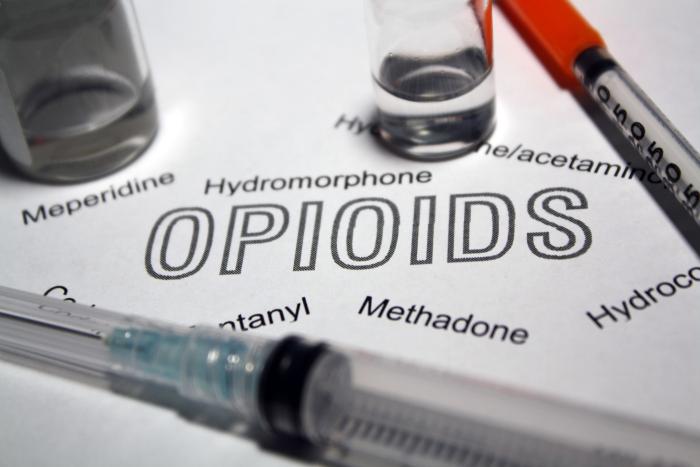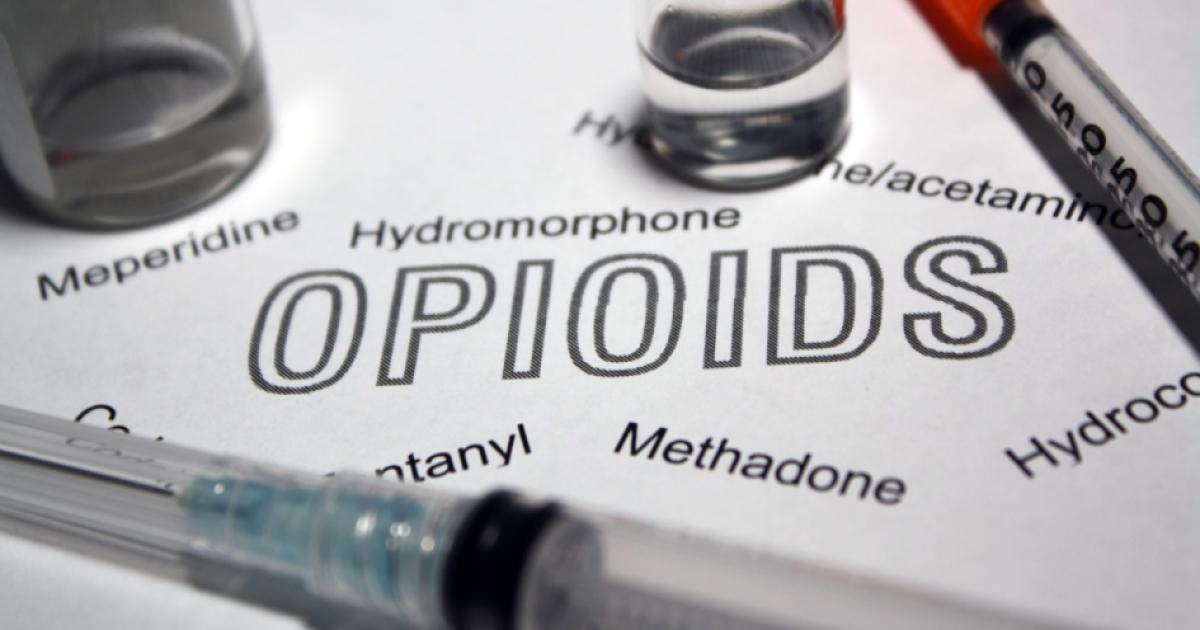- Economics
- US Labor Market
- Health Care
- Law & Policy
- Politics, Institutions, and Public Opinion
The human toll from opioid misuse is staggering. The CDC estimates that about 450,000 people died from opioid overdose between 1999 and 2018—and there have been many more cases of nonfatal injuries. Unfortunately, banning all opioids makes little sense given that millions of people properly use oxycodone and hydrocodone—two of the most addictive medications—to manage their pain. But sorting out who is responsible for the epidemic of abuse poses a huge challenge. High on the list of deadly opioids is fentanyl, a drug which is about 50 to 100 times as potent as morphine. Though it is used legally to manage serious pain, it is often illicitly manufactured. Heroin is another source of many deaths, but its sale and use are flatly illegal.
As I have previously argued, the great legal challenge of the present opioid epidemic is to sort out which manufacturers, distributors, retailers, physicians and other health care providers, if any, are responsible for opioid deaths and injuries. As a first cut, no reputable firm should bear any liability for opioid deaths or injuries caused by products that were illicitly manufactured, distributed, and consumed. Since illegal actors are rarely, if ever, able to pay even if apprehended, the costs of dealing with these deaths and injuries should properly be regarded as a public expense that falls on governments at all levels—federal, state, and local—through the usual collaborative means of prevention and treatment.
In contrast, it is far more daunting to determine responsibility for opioids lawfully produced, packaged, labeled, and distributed by legitimate players, but which cause death or personal injury only when consciously altered or misused. As a traditional matter, product misuse has usually served as a defense to mitigate or even defeat liability. Indeed, where the misuse takes a form of simple carelessness, the usual practice apportions the loss between the manufacturer and the user. But for any tort action brought by an individual plaintiff, this misuse defense should in principle be stronger if it involves the conscious, self-destructive behavior of people who willfully court the risk of using these addictive substances. In principle, it is credible to claim that this defense should block any recovery by conscious self-abusers.
The numerous large settlements, however, tell a different tale. To date, companies like Johnson & Johnson and Purdue Pharma have been forced to pay billions to resolve a wide range of death and personal injury claims. What is hard to determine without a trial is whether product misuse was ignored or whether it operated as a partial defense.
But what remains clear is that liability in all these cases rests on a variation of a long-recognized theory of overselling and overpromoting. In other words, various pharmaceutical companies were responsible for marketing huge quantities of these drugs, which could not properly be absorbed in the legal market. The argument is that the various parties involved in the distribution channels, though legitimate, had to know that some excess fraction of these drugs would be turned to illegal uses—and these parties must be held accountable for that.
This overpromotion theory grounded the recent settlement with the now bankrupt Purdue Pharma for improperly distributing OxyContin. The settlement resulted in $8.6 billion in damages, most of which was directed to the states for their use and distribution. More recently, Walmart filed a novel pre-emptive lawsuit against the United States to head off liability when its pharmacies filled legal, but questionable, prescriptions. The government claim is that the pharmacies should have known that certain physicians were overprescribing these drugs, which Walmart could have reasonably determined meant the drugs were necessarily falling into the illegal market.
These cases raise complex fact patterns because it is less clear whether individual pharmacists, who are under a duty to fill prescriptions, are also under a duty to detect and correct the excessive sales. Much is likely to depend on institutional details that might vary within and across retailers. Walmart has already attacked the impending government lawsuit as an effort by the United States to divert attention from its own regulatory shortcomings.
None of these suits brought on behalf of injured parties will just disappear. But far greater caution is needed for other kinds of litigation, most notably the highly publicized effort in Oklahoma to use a “public nuisance” theory to recover generalized “abatement costs” not associated with the death or injury to any particular party. This theory gained traction in the August 2019 decision issued by the Oklahoma State District Court in State of Oklahoma v. Johnson & Johnson, where the court found that J&J, chiefly through the actions of its Janssen Pharmaceuticals subsidiary, had created a public nuisance for which the appropriate remedy required a twenty-year Abatement Plan, with a $465 million payout covering the first year alone.
The state’s original action was brought against both Purdue and Teva, which settled out for $270 million and $85 million, respectively. Both of these companies were far more active in the market compared to J&J, whose Janssen subsidiary marketed only two controlled substances, Duragesic and Nucynta, both specialty products that accounted for under 1 percent of the total prescription opioids in Oklahoma. But according to the logic of the district court, the smaller the responsibility, the greater the liability. On behalf of the Competitive Enterprise Institute, Mario Loyola (one of its fellows) and I filed an amicus brief in the appeal that attacked the novel use of the public-nuisance theory to create such an outlandish result, in which the least relevant party is hit with a disproportionate share of damages.
More fundamentally, however, the misuse of the public-nuisance doctrine in this case represents a clear distortion of the common law rules. Since the earliest times, the common law has found a public nuisance only in those cases in which a particular party commits some wrong against a right common to the general public, for which the proper remedies are two: elimination of the nuisance and an administrative fine, except in cases of “special damages” awarded to individuals with large losses. This doctrine has always been understood to involve an unreasonable invasion on a public road or in public waters, where no person has a distinct proprietary right. The actions in question often include pollution and blocking rights of way, and its elements are the same as those of a private nuisance, where the injury is to private property.
The Oklahoma court relied on the general definition of nuisance that reads: “A nuisance consists in unlawfully doing an act, or omitting to perform a duty, which act or omission [. . .] Annoys, injures or endangers the comfort, repose, health, or safety of others. . . .” But it ignored the more specific provision that should govern this case, which refers to an act or omission that “[u]nlawfully interferes with, obstructs or tends to obstruct, or renders dangerous for passage, any lake or navigable river, stream, canal or basin, or any public park, square, street or highway.”
Bypassing the particular definition ripped this case from its common law origins and purported to find the nuisance based on the same generalized overpromotion theory used in the cases involving individual plaintiffs, without any finding of special damages. But in this instance, a generalized claim that these defendants (along with others) made false statements about some of their drugs at some particular time should be understood as a disingenuous attempt to use public-nuisance law to circumvent the standard requirements for both fraudulent misrepresentation cases and suits for defective products. In a misrepresentation case, the state must show that either it or some of its citizens acted in reliance on the particular statements made by a particular defendant, which cannot be done in connection with a large class of statements directed at different times to different audiences. Yet the district court made no effort to link any of these misrepresentations to a particular product.
The upshot in this case is that the district court then imposed a theory of joint and several liability such that J&J was liable for the entire amount of “abatement damages,” even though it was quite clear that the vast bulk of any mischief was contributed by other parties who acted independently of J&J. As a general matter, so long as it is possible to separate out the harm caused by different parties, each is responsible for only its proportionate share, assuming that any public-nuisance liability is found at all. In any case, such liability is wholly inappropriate, as both the state and federal government have at their disposal various other kinds of criminal and civil punishments for the improper handling of controlled substances, which avoid imposing the greatest liabilities on the smallest contributors.
Public-nuisance law serves a useful function when confined to its historical purpose of wrongs to public lands and waters. Yet it is a source of infinite mischief when extended to faux misrepresentation and product liability cases.







